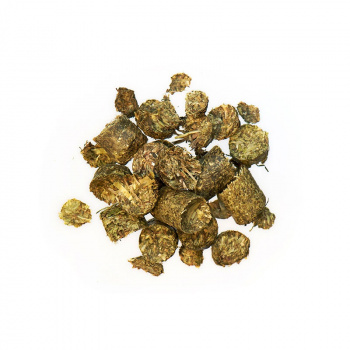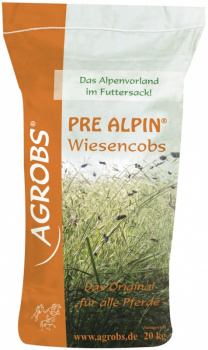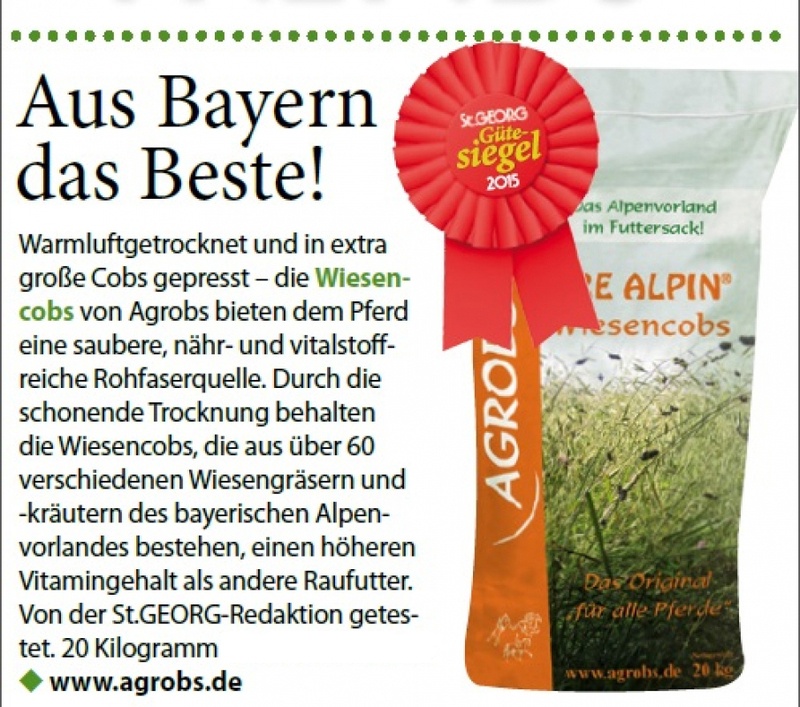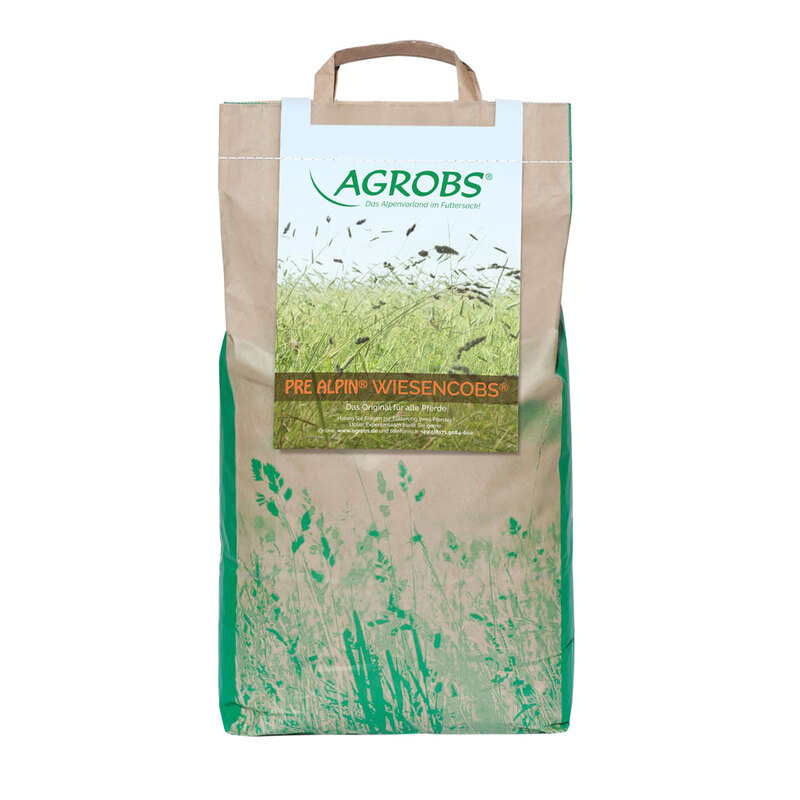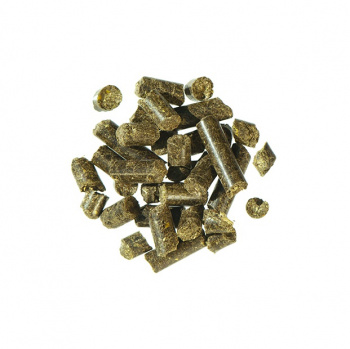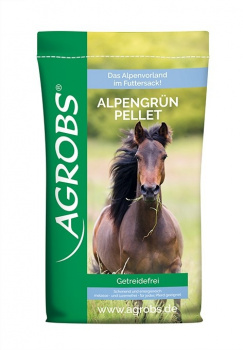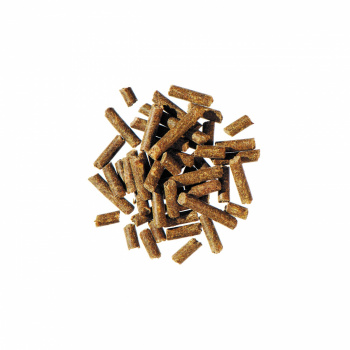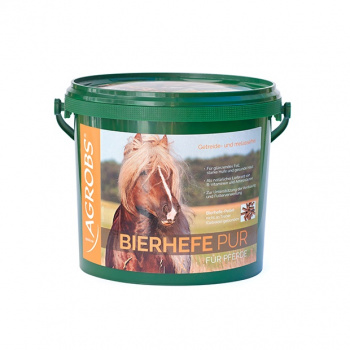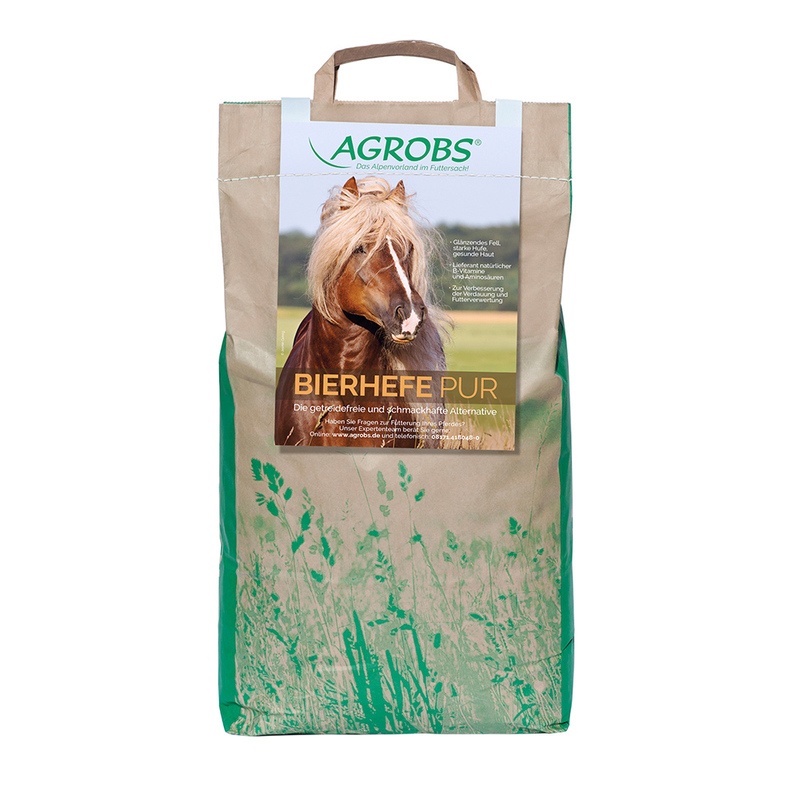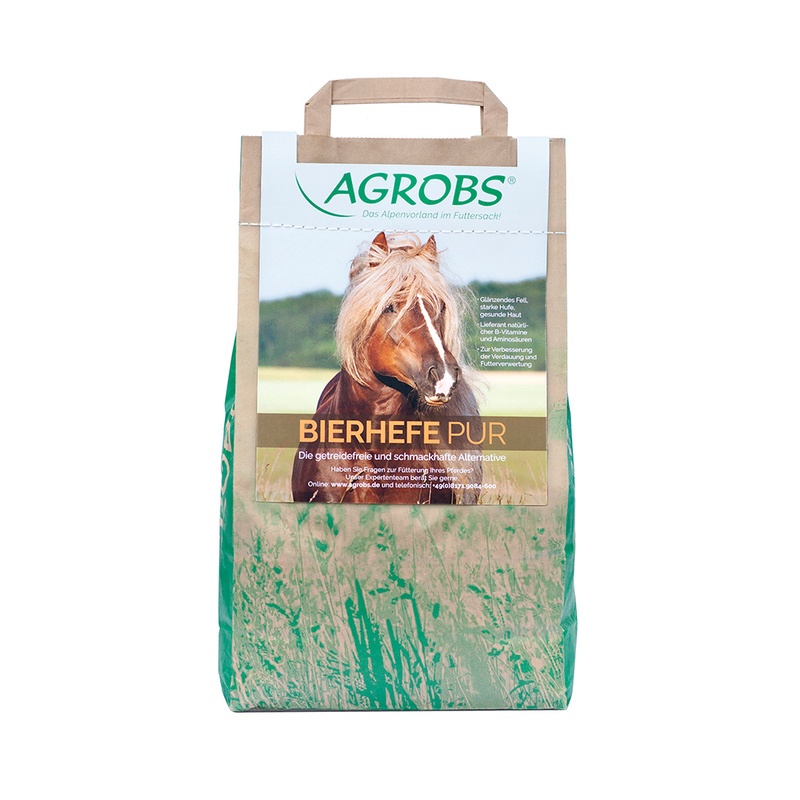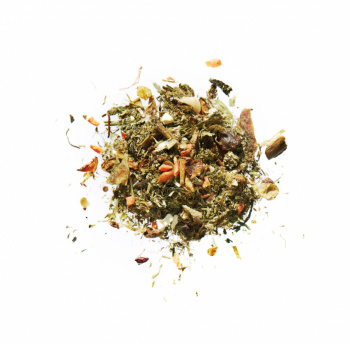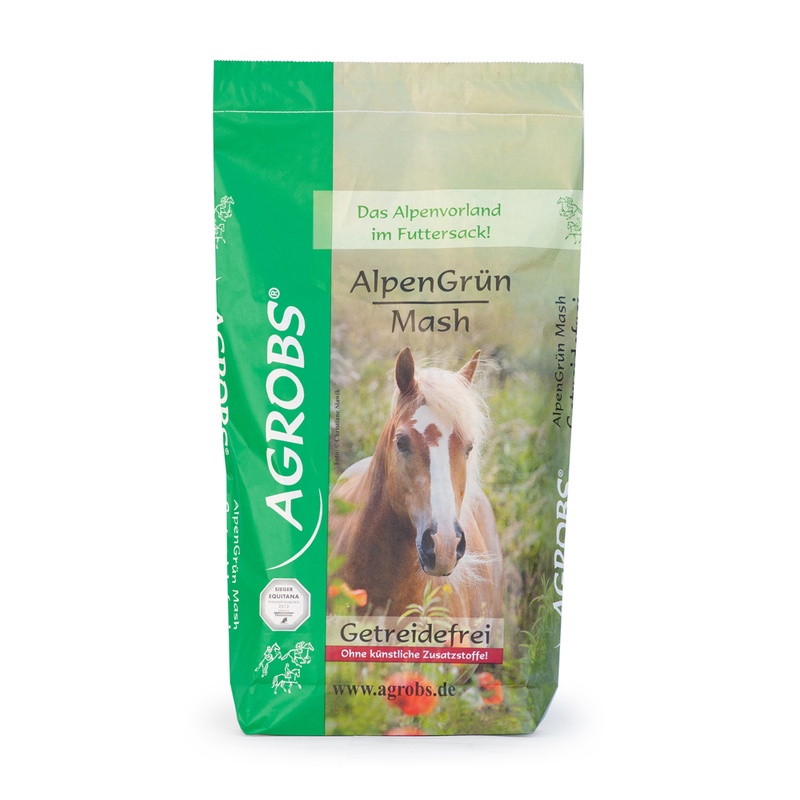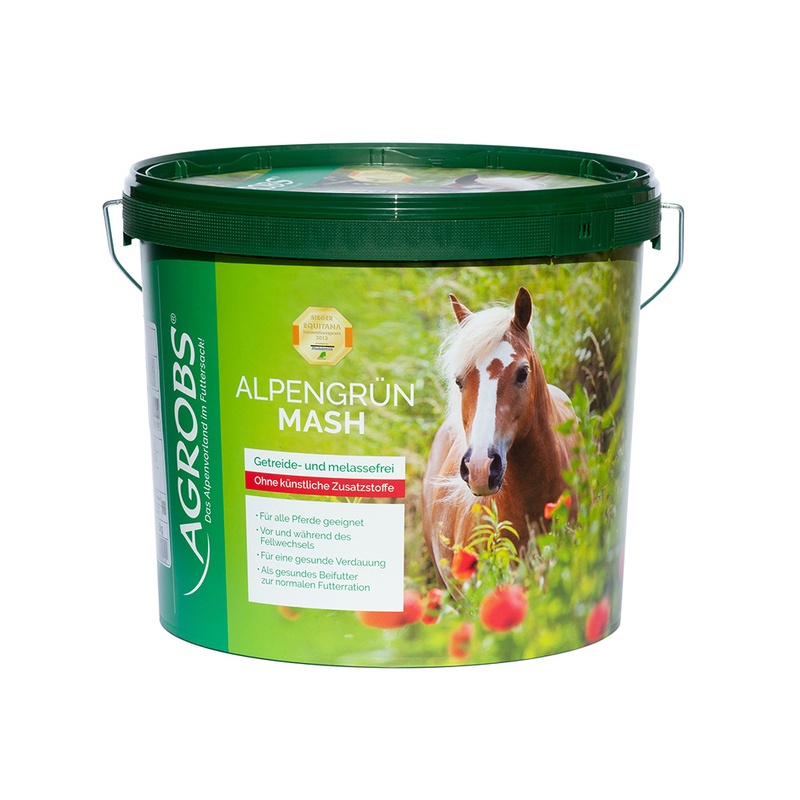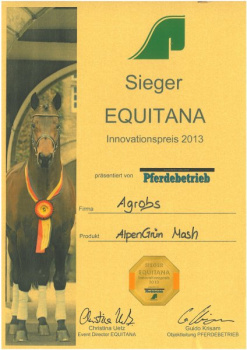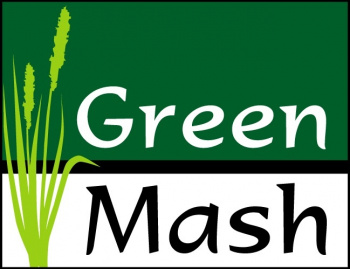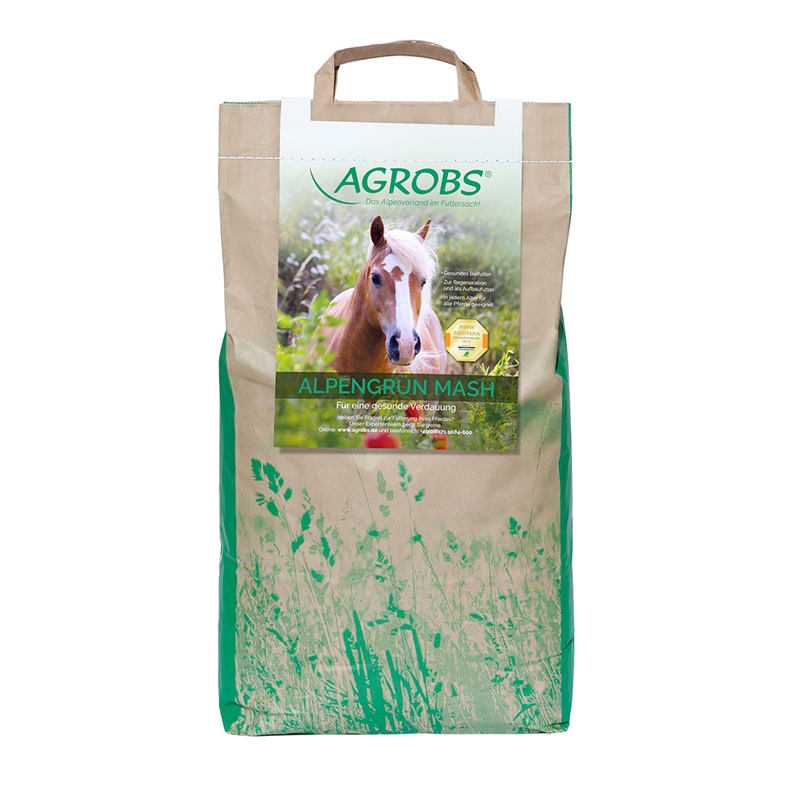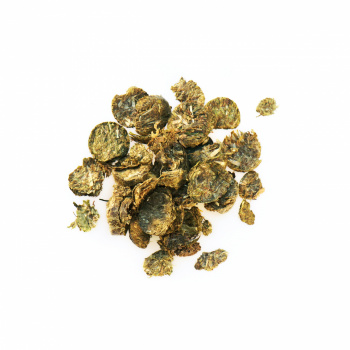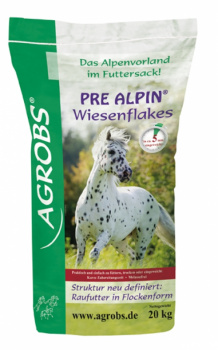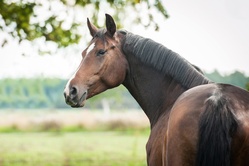
Free Faecal Water Syndrome in Horses
Watery stool affects many horses regularly, sometimes even persistently. It’s a problem that often has horse owners puzzled: the horse’s droppings are normally shaped, but there’s water coming out as well. A problem that plagues both man and animal: what causes it and what can be done to stop it?
The equine large intestine: fermentation chamber but also water reserve
Horses are hindgut fermenters. They obtain their energy primarily through the gut flora in their large intestines. The bacteria present there can produce fatty acids from vegetable crude fibre. These energy sources then enter the horse’s bloodstream through the intestinal wall. Here they ensure a steady blood sugar level – the most natural and nutritious way for the horse to obtain energy.
But fibre is not just an important energy storer: depending on its composition, it also has water-binding capacities of varying degrees. This important property of crude fibre plays a key role in many horses with faecal water syndrome, because the equine large intestine acts as a giant water reserve. Almost 20% of a horse’s body fluids are found in its digestive tract. When faecal water syndrome occurs, it is often because of inadequate binding capacity of the crude fibre in the gut.
Not all fibres are alike. The primary nutrient for equine gut flora is cellulose, which is exceptionally good at binding water. Not-too-young pasture grass and hay from a first cut at the beginning of the flowering period are generally rich in cellulose and therefore make the optimum base feed for horses. Lignin is different: large amounts of this fibre are found in over-mature hay and in straw. Lignin binds less water and is of no use for the gut bacteria. If the base feed contains less cellulose and more lignin, the reduced water binding activity raises the likelihood of free faecal water as a consequence.
Detective work: the solutions must fit the causes
The good news: when lignin causes watery stool, this is mostly an aesthetic problem, as long as the percentage of lignin is not too high (eating only straw can cause constipation). The problem can be remedied comparably easily by adjusting the feed ration. If a switch to a less woody base feed isn’t possible, supplementing the ration with AlpenGrün Pellet or AlpenGrün Mash with fine Prenatura® fibres often helps.
The base feed may be the cause for the appearance of watery stools in other cases as well: horses with damaged teeth don’t adequately grind up their feed, and this in turn reduces the fibre’s water-binding capacity. And with haylage and silage, many horses don’t chew moist forage sufficiently. Switching to hay often eliminates the watery stool problem. In the case of horses with bad teeth, supplementing their feed with an easy-to-metabolise hay replacer like Pre Alpin® Wiesencobs is recommended. Senior horses can get highly digestible fibre from a combination with AlpenGrün Pellet or AlpenGrün Mash.
Watery stool can also be caused by an imbalance in the gut flora. It’s not always clear what causes the gut microbiome to be thrown off balance. Frequent changes to feed, faulty diet, and medications can also cause long-term changes in the gut flora. Here is often where prebiotic acting feeds prove their value, providing the nutritional basis for “good” gut bacteria. Alongside cellulose-rich hay and hay replacers, which are the most important foundations of the equine diet, the yeast cell wall components of Bierhefe Pur and the pectin and apple pomace in AlpenGrün Müsli and AlpenGrün Mash can help to bring the gut flora back in balance.
Not all possible causes are easy to find or remedy: some horses seem to have perfectly good diets at first glance. In a stable of horses all managed the same way, there might be one with FWS. In such cases, consider any possible stress factors. Might the affected horse be stabled near another horse with whom he doesn’t get along, or must he always be on his guard when turned out with the herd?
Watery stool is not diarrhoea!
In most cases, watery stool is a harmless annoyance. It’s something else altogether if a horse eliminates several litres of fluid and excretes loose droppings or diarrhoea. Such symptoms point to digestive disorders which may lead to significant loss of fluids and electrolytes. Such cases require veterinary consultation. Even if a horse shows repeated signs of colic alongside noticeable changes to faeces, it should always be up to a veterinary surgeon to decide on treatment.
AlpenGrün Pellet or AlpenGrün Mash?
This is a question asked by many customers searching for the right product for their horse with FWS. The prebiotic effects of both products are basically the same. However, the water-binding capacity of AlpenGrün Pellet is somewhat higher due to a higher percentage of Prenatura® fibres. To get the same binding effects of 100 g of AlpenGrün Pellet, the horse would therefore need to eat about 130 g of AlpenGrün Mash.
At the same time, the pellets’ pressed form makes them more practical to store, as the same amount of AlpenGrün Pellet takes up less space in the feed room. Our AlpenGrün Pellet contains no apple pomace, fennel, or caraway for a lean composition with maximum benefits. That’s why it’s the first choice for horses with feed intolerances or allergies causing digestive disorders, who can benefit from formulas with fewer ingredients.
Conversely, horses that benefit from the calming properties of fennel and caraway will do well with AlpenGrün Mash. Even extremely picky eaters often prefer the mash to the pellet due to the its tasty apple pomace.
Suitable AGROBS products:
Consultant, Research and Development AGROBS GmbH
- Coenen, M.; Vervuert I.: Pferdefütterung. Georg Thieme Verlag KG, Stuttgart, 2020
- v. Engelhardt, W., Breves, G., Diner, M., Gäbel G.: Physiologie der Haussäugetiere. Enke Verlag, Stuttgart, 2015




